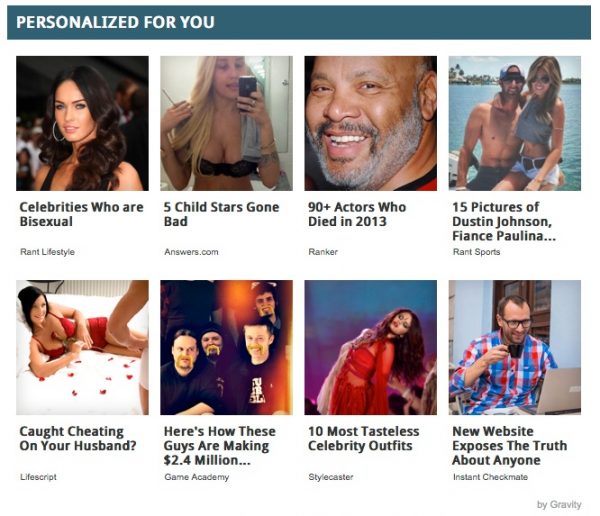Online native advertising is more popular today than ever and, thank goodness, has become more integrated into online experiences. In some cases, users are not even aware that content they see is a form of advertising to take them to an article or video outside their original query.
Just to keep us all on the same page… Wikipedia says native advertising is
content in the context of the user’s experience.
It can be a great way to share content because native ads:
- Are unobtrusive. Since it is designed to look and feel like part of the space where it lives, encountering it should not be blatant. This is the true value of the tactic.
- Are more likely to be viewed than banner ads. People look at them up to 53% more frequently.
- Can positively increase your brand perception when seamless and comfortable to the user.
Promoted tweets in Twitter and promoted videos in YouTube are some of the more blatant examples of native advertising. However, there are many additional ways to seamlessly share content through native environments.
The problem comes when native advertising doesn’t feel seamless or is not relevant to users.
Exhibit A: 
Gravity clearly had no idea what kind of information I accessed or want to access. When implementing native advertising in a smart digital media plan, make sure your content is delivered in a relevant experience.


